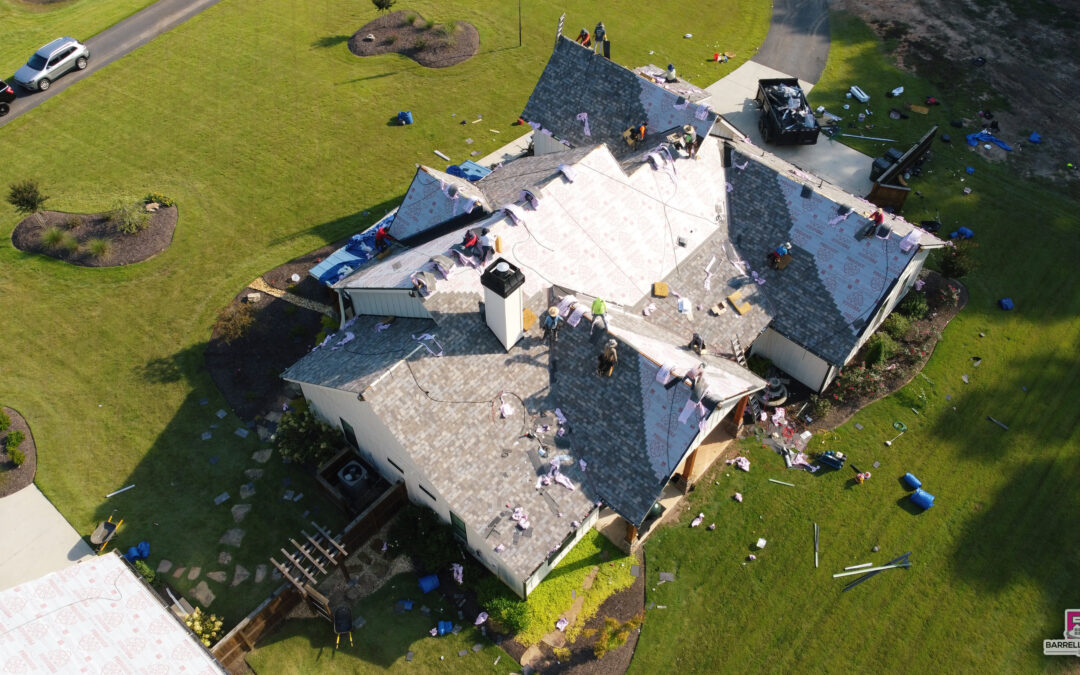Gable Roof; Hip Roof
When it comes to roofing styles, the shape of your roof not only affects the look of your home but also plays a major role in how it handles weather and drainage.

Two common roof designs you might come across are gable roofs and hip roofs. While they may sound similar, these two styles are quite different in structure and function. Let’s break down the key differences between a gable roof and a hip roof.
Learn more HERE!
What Is a Gable Roof?
A gable roof is one of the most traditional and easily recognizable roof styles. It features two sloping sides that meet at a central ridge, forming a triangular end wall (called a “gable”) on each side. Think of the classic child’s drawing of a house — that’s a gable roof.
Pros of Gable Roofs:
- Simple Design: Gable roofs are straightforward and cost-effective to build.
- Good Drainage: The steep pitch allows rain, snow, and debris to slide off easily.
- Extra Attic Space: The triangular design often creates room for an attic or vaulted ceilings.
- Aesthetic Appeal: Gable roofs offer a clean, timeless look that suits many architectural styles.
Cons:
- Not ideal in hurricane-prone areas due to their potential to catch wind like a sail.
What Is a Hip Roof?
A hip roof isn’t a distinct style on its own, but rather a feature that appears when two roof sections meet, creating an inward angle or “valley.” For example, when two gable roofs intersect, the inside corner where they join forms a roof valley. The term “hip roof” often refers to roofs that have multiple sections joined together in this way.
Pros of Hip Roofs:
- Architectural Complexity: They allow for more intricate and custom designs, accommodating L- or T-shaped homes.
- More Roof Area: These roofs often provide additional headroom and design flexibility.
- Stylish Look: Valley roofs add depth and visual interest to a home’s exterior.
Cons:
- Challenging Drainage: Valleys tend to collect water and debris, so they require well-designed flashing and frequent maintenance.
- Higher Cost: More materials and labor are needed due to the complexity of the intersections.
- Increased Leak Risk: If not installed properly, valleys can become common sites for leaks.
Which One Is Right for You?
Choosing between a gable and a hip roof depends on your home’s design, your budget, and your climate. If you prefer a simple, low-maintenance roof with strong weather resistance, a gable roof is often the better choice. If you’re building a larger or more complex home and want a custom look with additional architectural features, a hip roof might suit your needs — just be sure to hire experienced roofers to handle the extra complexity.
Both gable and hip roofs have their place in modern home design. Understanding their differences can help you make the best decision for your home’s style, function, and long-term durability.
